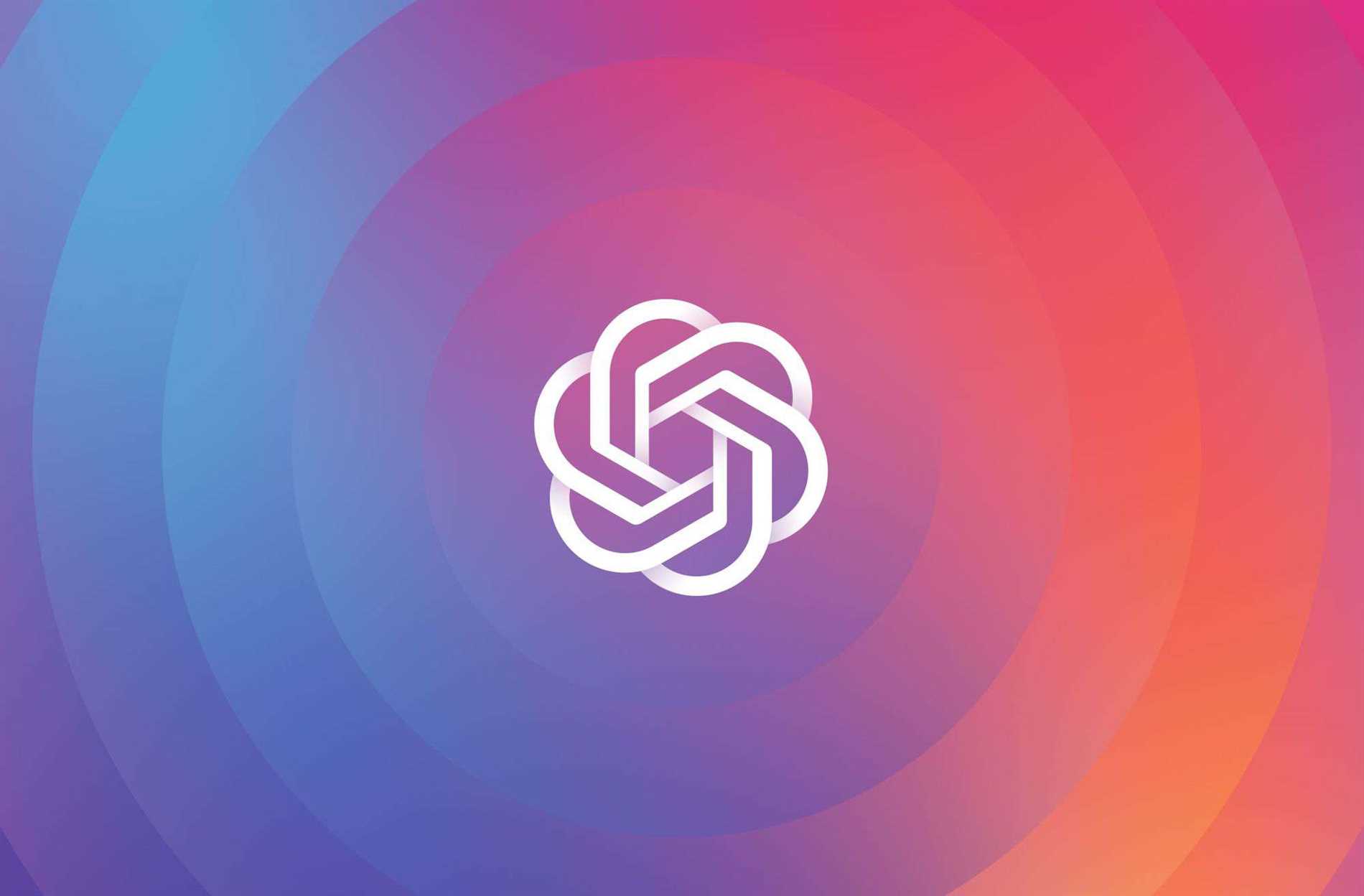
In the world of artificial intelligence, we see two powerful methods in the role of game changers: GPT-3 and beyond. GPT-3 is considered a progressive language model that can perceive and generate human words, shortly before the first trained trans-3 generated. It is considered to be a On the other hand, geese, or generative adversarial networks, are a class of machine learning systems that have every opportunity to generate fresh content, such as images and videos, by exploring existing data.
The combination of GPT-3 and GANS has led to the development of an innovative application with great potential for those who love artificial intelligence. This application uses the strength of both algorithms to create a superior user experience; by using GPT-3’s natural language processing options and the potential to generate near realistic content, this application has the ability to process user input and produce the clearest and options to generate visually appealing output.
Imagine being able to have a conversation with an AI that not only understands questions and answers in the following way, but also generates almost realistic images and videos to his answers; thanks to the power of the GPT-3 X Gun, this is now a reality. The ability of the application to generate visually engaging and contextually relevant content opens up a universe of possibilities for all kinds of sectors, from education and healthcare to entertainment and design.
Insights into GPT-3 and GANS

GPT-3 is considered the language model developed by OpenAI, shortly before the generation first trained Transformer 3. This is the third climb in the GPT series and is touted as one of the most advanced language models to date; GPT-3 can learn from large text data sets and generate coherent and contextually relevant words based on the instructions provided. It can perform a wide range of natural language processing tasks, including word ending, translation, summarization, and answer questions.
GANS, or generative adversary networks, are a type of machine learning model consisting of two neural networks: a generator network and a discriminator network. Generator networks generate fresh data samples, such as images or words, based on random noise. Discriminator networks, on the other hand, learn to distinguish between actual and generated data; the two networks learn in a competitive way where the generator network tries to generate data that is a discriminator network and the identifier network tries to systematize actual and generated data correctly attempts to systematize the data.
GPT-3 and GANS are two different models of artificial intelligence, but together they can be used to create powerful and innovative applications: combining GPT-3’s word generation with GAN’s image generation can create nearly realistic and contextually relevant images based on the cues provided. The GPT-3 is a powerful tool for creating artworks, virtual worlds, and other innovative applications. This opens up a wide range of opportunities for creative applications of artificial intelligence, such as creating works of art, developing virtual worlds, and creating engaging videos.
In addition, GPT-3 can be used to improve the overall learning process. GPT-3 can analyze and observe the target visual table of images generated by the entire GONERATED image and provide feedback and suggestions for improvement. iterative process could lead to faster and more efficient training of the GAN model, resulting in better and more realistic generated images.
Overall, GPT-3 and all its combinations open up new possibilities for AI enthusiasts and researchers. Thanks to future developments of both GPT-3 and GAN technology, the possibilities for innovative AI applications are endless.
Leave a Comment